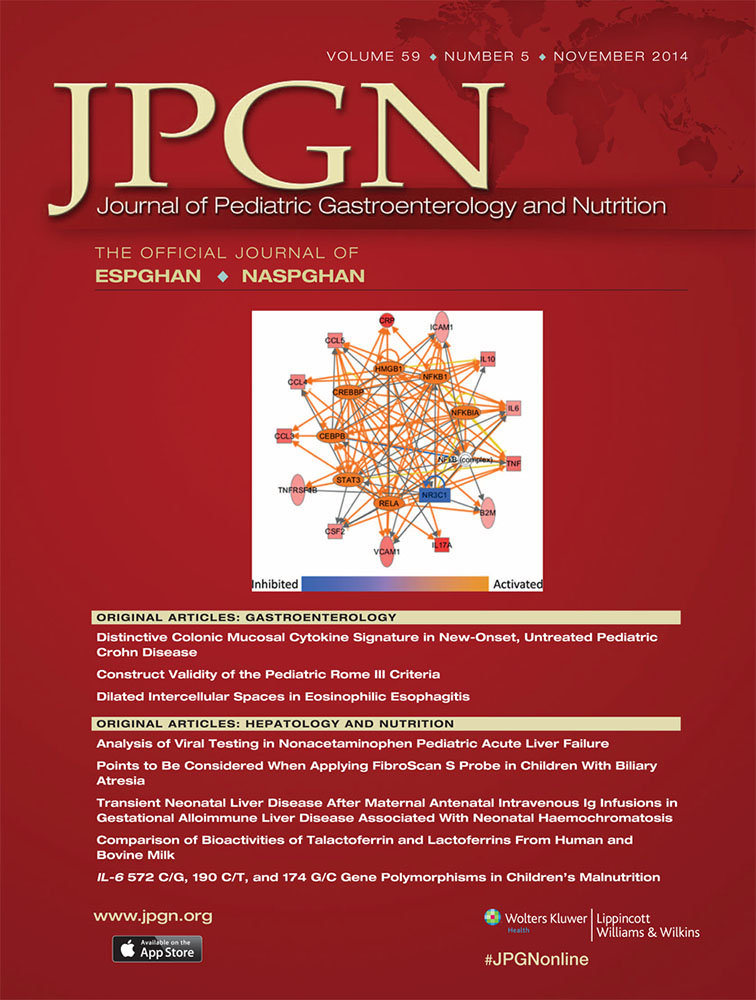National Trends and Outcomes of Pediatric Gastrostomy Tube Placement
Supplemental digital content is available for this article. Direct URL citations appear in the printed text, and links to the digital files are provided in the HTML text of this article on the journal's Web site (www.jpgn.org).
The authors report no conflicts of interest.
ABSTRACT
Objectives:
National outcomes data regarding surgical gastrostomy tube (G-tube) and percutaneous endoscopic gastrostomy (PEG) tube procedures are lacking. Our objectives were to describe trends in G-tube and PEG procedures, examine regional variation, and compare outcomes.
Methods:
This was a retrospective study using pediatric admissions during 1997, 2000, 2003, 2006, and 2009 from the Kids' Inpatient Database. Length of stay and cost were adjusted for demographics, complexity, setting, year, and infection or surgical complication.
Results:
G-tubes were placed during 64,412 admissions, increasing from 16.6 procedures/100,000 US children in 1997 to 18.5 in 2009. Surgical gastrostomy rates increased by 19% (0.17 procedures/100,000/year, P < 0.002) and, among children <1 year, they increased by 32% (2.56 procedures/100,000/year, P < 0.01). PEG rates did not increase (0.02 procedures/100,000/year, P = 0.47) in the study years. The West had an 18% higher rate than the national average for surgical G-tubes and a 10% higher rate for PEGs. When the sole procedure during the admission was gastrostomy, the G-tube was associated with a 19% (confidence interval 9.7–57.5) longer length of stay, and a 25% higher cost (confidence interval 16.4–34.5) compared with PEG.
Conclusions:
Surgical gastrostomy insertion rates have increased whereas PEG rates have not, despite evidence of better severity-adjusted outcome measures for PEG tubes. Surgical gastrostomy insertion in children <1 year of age yielded the greatest increase, which may relate to a changing patient population; however, regional variation suggests that provider preference also plays a role. Our data underline the need for more robust collection and analysis of surgical outcomes to guide decision making.




